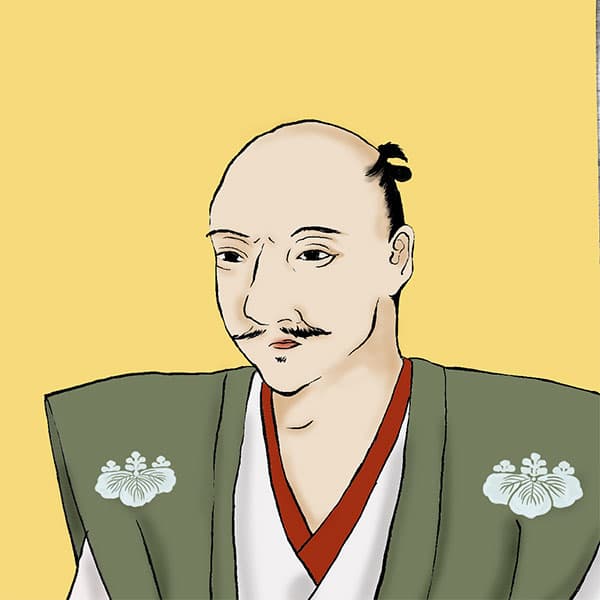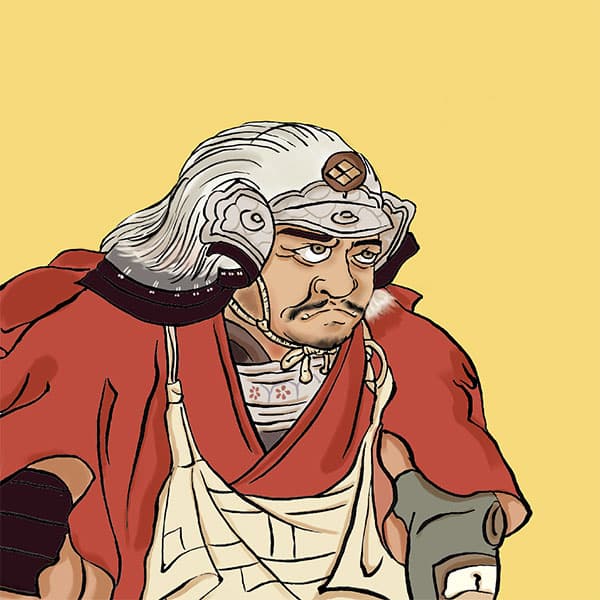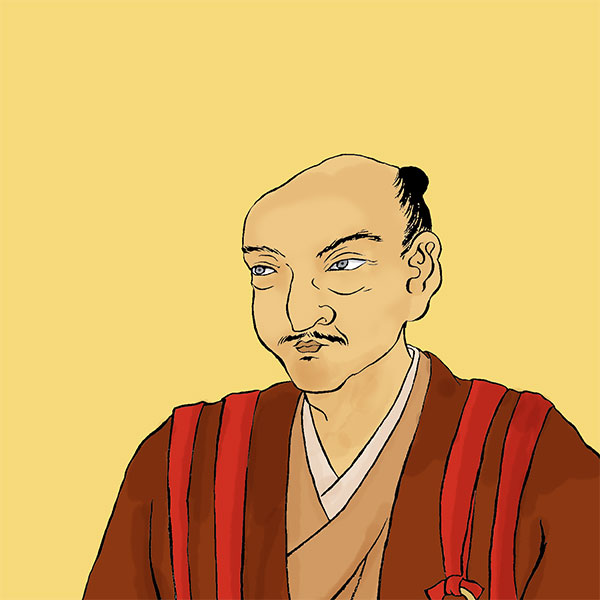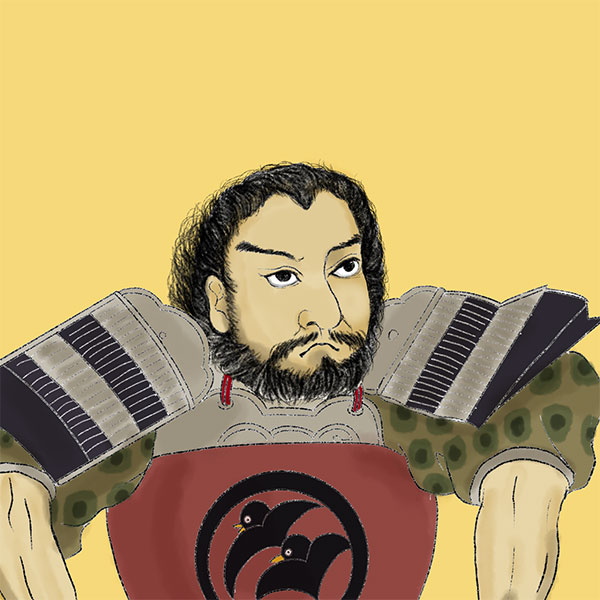Battle of Ichijodani Castle (1/2)The Asakura clan was destroyed in the Battle of Ichijodani Castle! What was the final moment when he was betrayed by his cousin?
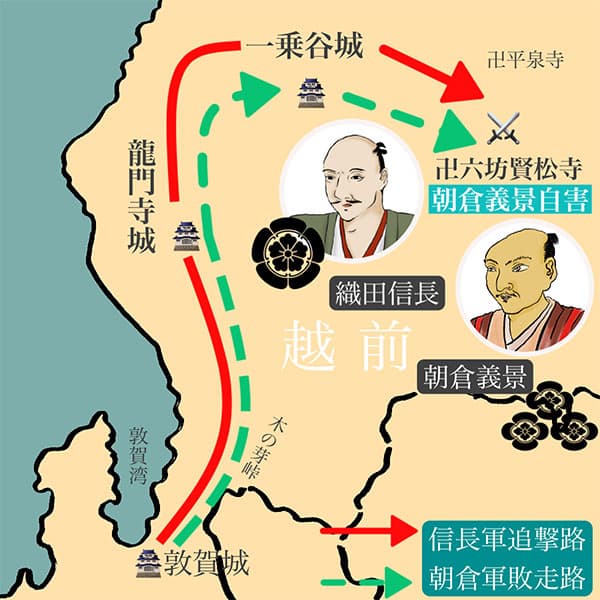
Battle of Ichijodani Castle
- Article category
- case file
- Incident name
- Battle of Ichijodani Castle (1573)
- place
- Fukui prefecture
- Related castles, temples and shrines

Ichijodani Asakura Residence
In the Battle of Ichijodani Castle, which took place in 1573, Oda Nobunaga destroyed the prestigious Echizen Asakura clan, which ruled Echizen Province (Fukui Prefecture) for a long time. Yoshikage Asakura, the head of the Asakura family, was the person who cornered Nobunaga in the ``Battle of Kanegasaki'' in 1570. However, perhaps due to his indecisive nature, he was unable to attack Nobunaga and suffered a crushing defeat at the ``Battle of Tonezaka,'' and was eventually betrayed by his cousin and forced to commit suicide. This time, I will explain about Yoshikage Asakura's final battle, the Battle of Ichijodani Castle.
What is the relationship between Ichijodani and the Asakura clan?
The "Battle of Ichijodani Castle" was a battle fought between Asakura Yoshikage and Oda Nobunaga at Ichijodani Castle (Fukui City, Fukui Prefecture) on August 18, 1573. It is sometimes called the ``Battle of Ichijodani Castle'' together with the ``Battle of Tonezaka''. Nobunaga had been fighting against Yoshikage and Azai Nagamasa's forces since early August of the same year, and the final battle against Asakura was the Battle of Ichijodani Castle.
The Echizen Asakura clan is a famous family that has been around since the Nanbokucho period. The Asakura clan originally served the Shiba clan, which was a powerful branch of the Ashikaga clan, and when the first generation, Hirokage Asakura, was given territory in Echizen Province, they expanded their power within the country, and eventually replaced the Shiba clan in Echizen Province. He was entrusted with the responsibility of a country. Ichijodani has been the stronghold of the Asakura clan since its beginning, and during the Onin War, court nobles and intellectuals relied on the Asakura clan to evacuate from the ruins of Kyoto, so it developed to the point where it was nicknamed ``Kitanokyo'' and became a cultural center. It became a major base.
Yoshikage, who grew up in Ichijodani, is the 11th head of the Asakura clan. When his father, Asakura Takakage, suddenly died in 1548, he succeeded him at the young age of 16, and was assisted by his great-grandfather, the famous general Asakura Sotetsu. Yoshikage and Sotetsu worked hard to suppress the Ikko Ikki in Kaga, but in the middle of their efforts, Soteki died of illness in 1555, and Yoshikage was left to lead the Asakura clan. Masu.
Refuses Yoshiaki Ashikaga's request to go to Kyoto
In September 1566, Asakura Yoshikage was assigned to protect Ashikaga Yoshiaki before he became Shogun. Yoshiaki was planning to move to Kyoto and take over the Muromachi Shogunate, and asked Yoshikage for help, but the cautious Yoshikage would not budge. For this reason, Yoshiaki gave up on Yoshikage and went to Kyoto in favor of Oda Nobunaga, and in October 1568, he became the 15th shogun of the Muromachi shogunate. It was a chance to support Yoshiaki and make his name known to the world, but Yoshikage missed that opportunity.
Yoshiaki became a shogun under Nobunaga, but his relationship with Nobunaga gradually deteriorated due to his distrust of Nobunaga, who was trying to turn Yoshiaki into a puppet. Yoshiaki then began calling on military commanders from all over the country to defeat Nobunaga, in other words, to become part of the ``Nobunaga siege network''. Yoshikage responded to this call and became an enemy of Nobunaga.
The Oda army was defeated by the Asakura and Azai forces at the Battle of Kanegasaki (Kanegasaki retreat).
In April 1570, Oda Nobunaga called on Asakura Yoshikage to follow his orders and go to Kyoto, but Yoshikage refused. It is said that the reason was to avoid being taken advantage of by Nobunaga, and also that he wanted to concentrate on suppressing the uprising in his own country. Using this violation of the order as an excuse, Nobunaga and Tokugawa Ieyasu led an army of approximately 30,000 men and set out to conquer Echizen.
However, this was a plan to neglect Nagamasa Azai, Nobunaga's ally. Nagamasa has Nobunaga's younger sister Oichi as his legal wife, and is Nobunaga's brother-in-law. The two formed an alliance upon their marriage, and at that time, Nobunaga swore an oath to Nagamasa not to fight against the Asakura clan, since the Azai clan had formed an alliance with the Asakura clan. .
Nevertheless, when Nobunaga attacked the Asakura family, Nagamasa was unsure whether to join the Oda army or the Asakura army, and decided to join the Asakura army and attack Nobunaga from behind. Fearing a pincer attack, Nobunaga hurried back, and thanks to the efforts of his lords Toyotomi Hideyoshi, Akechi Mitsuhide, and Ikeda Katsumasa, he managed to return to Kyoto. This was the ``Battle of Kanegasaki,'' and because it was Nobunaga's retreat, it is also called the ``Kanegasaki Retreat.'' It was a chance to subjugate Nobunaga, but the Asakura and Azai forces were unable to attack Nobunaga. Once again, Yoshikage was forced to miss an opportunity.
Asakura and Azai forces are defeated in the Battle of Anegawa.
Oda Nobunaga returned to Kyoto and immediately launched a counterattack. He returned to Gifu and established a system, and in June of the first year of the Genki era, together with Tokugawa Ieyasu, he attacked Odari Castle in Omi Province (Shiga Prefecture), where Nagamasa Azai was located. The difference in military strength between the two armies varies depending on the literature, with the Oda and Tokugawa armies ranging from 130,000 to 40,000 men, and the Asakura and Azai armies from 13,000 to 30,000 men. The two armies clashed near Anegawa.
In this battle, known as the ``Battle of Anegawa,'' the Asakura and Azai forces fought well at first and cornered the Oda forces, but the Tokugawa forces came around from the side and cornered the Asakura and Azai forces, resulting in the Oda army's victory. The Asakura and Azai forces lost many lives in battle, including Naotsune Endo of the Asai family and Naotaka Magara of the Asakura family.
By the way, it was not Yoshikage Asakura but his subordinate Kageken Asakura who led the Asakura army that rushed to reinforce the Asai army. I'm a little surprised that Yoshikage didn't go to war. It is said that the military commander named Yoshikage was a man of culture and gentle temperament, and that his indecisive nature made it easy for him to miss opportunities. If he had rushed to the reinforcements, the morale of his allies would have increased, and the situation might have been reversed.
Asakura and Azai forces attack Nobunaga in cooperation with other forces
After the Battle of Anegawa, from September to December, Oda Nobunaga fought against the Asakura and Azai forces supported by Enryakuji Temple on Mt. Hiei and Honganji Temple in Ishiyama. In this battle, known as the ``Shiga no Jin,'' Nobunaga suffered a number of blows, including losing his younger brother Shinji Oda and Yoshinari Mori in the battle at Usayama Castle in September, and losing to the Asakura and Azai forces in the Battle of Katata in November. I am receiving it.
The Shiga Siege dragged on for a long time as the Asakura and Azai troops barricaded themselves on Mt. Hiei, but with Nobunaga's urging, the Imperial Court intervened and peace was reached. As a result of this battle, Nobunaga burned down Enryaku-ji Temple two years later, in September 1571.
In August of the 2nd year of Genki, the Asakura and Azai forces attacked Yokoyama Castle and Minoura Castle on the Oda side, but were defeated. Due to the Oda army's tactics, the Asakura and Azai armies gradually weakened, but Asakura Yoshikage and Azai Nagamasa continued to attack Nobunaga as part of Nobunaga's siege network, having repeated skirmishes with Nobunaga.
In October of the same year, Takeda Shingen began the ``Nishigami Operation'' to attack the Oda side's Tokugawa army, but Yoshikage was requested for reinforcements at that time. Yoshikage decides to cooperate with Shingen and dispatches troops. However, due to snowfall and fatigue of the soldiers, they withdrew to Echizen without waiting for Shingen's arrival, and were criticized by Shingen, saying, ``There is no way they would miss the chance to destroy Nobunaga.'' After that, there were requests from Shingen and Honganji Kongyo to dispatch troops, but Yoshikage did not move.
After Shingen, the key figure in Nobunaga's siege, died in 1573, the siege gradually fell apart. Nobunaga seized the opportunity to exile Yoshiaki Ashikaga (the Battle of Makishima Castle) and destroyed the Muromachi Shogunate, which had lasted 237 years. By the way, the era name was changed from ``Motogame'' to ``Tensho'' at this time.
The Asakura and Azai armies were defeated in the "Battle of Tonezaka", the first step towards extinction.
In August 1573, Nobunaga marched into Omi Province and began attacking Asai. Azai Nagamasa and 5,000 soldiers holed up in Odari Castle and withstood Nobunaga's onslaught, but Sadayuki Akei, the lord of Yamamotoyama Castle, located just west of Odari Castle, defected to the Oda army. Nagamasa is in a big pinch because the nearby castle has been captured by the enemy army.
The article on the Battle of Ichijodani Castle continues.

- WriterNaoko Kurimoto(Writer)I am a former travel industry magazine reporter. I have loved history, both Japanese and world history, since I was a child. I usually enjoy visiting temples and shrines, especially shrines, and often do ``pilgrimages to sacred places'' themed around historical figures. My favorite military commander is Ishida Mitsunari, my favorite castle is Kumamoto Castle, and my favorite castle ruins is Hagi Castle. My heart flutters when I see the ruins of battle castles and the stone walls of castle ruins.


